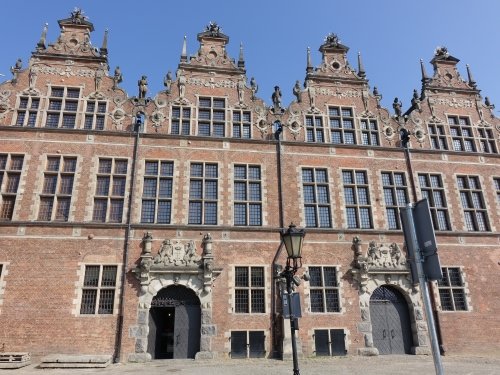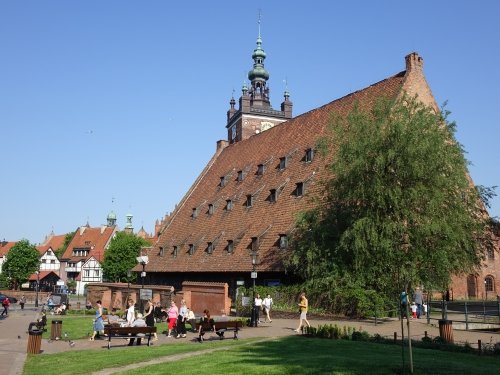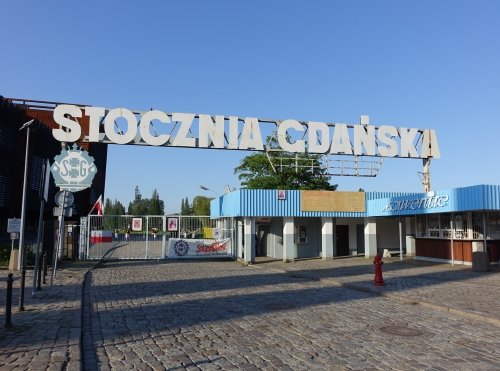Els Slots
Gdansk - Town of Memory and Freedom
When I told my colleagues that I was going to Gdansk for a long weekend, the conversation quickly veered off to Lech Walesa. We hadn’t heard from him in a long time. Had he died already? A quick Wikipedia search turned out he is alive and kicking, working the lucrative lecture circuit in the USA. His hometown is on Poland’s Tentative List under the label of Town of Memory and Freedom . Reminders to various periods in Gdansk’s history, starting from the Hanseatic era, are brought together under this flag. During my stay I mainly focused on the part called the Gdańsk Shipyard associated with the emergence of Solidarity movement, together with the Monument to the Fallen Shipyard Workers .

To get to know that area and hear more about this period plus its current impact, I joined one of the daily “free” Solidarity walking tours . It’s a popular tour, over 30 people showed up from all over Scandinavia, Russia and Western Europe. We did not tour the old town which resembles Amsterdam without the canals. We explored its edges. We stopped for example at an unsightly parking lot, in front of the police station. It was here in 1970 that for the first time Lech Walesa's name appeared in the books after a demonstration.
The guided walk puts places into the spotlight that on your own you would just pass by. We saw the first nightclub where rock music was played, a statue of a Polish king who beat the Turks and the former communist era dollar shop Pewex . The guide portrayed that the inhabitants of Gdansk always were a rebellious lot, and especially resented the Soviet influence. Apparently there’s quite a Gdansk versus Warsaw animosity too. Fiercely Catholic they are as well. We made a quick stop at the Brigitta Church, which served as a parish church for the shipyard workers. Over the last 17 years, people have been saving for an altar made of expensive amber - since last December it is completely finished. In front of the church is a statue of Pope John Paul II, who is perceived as the symbol of the resistance of the Catholic Church to communism.

The main goal of the tour of course is the shipyard itself, which lies some 20 minutes’ walk outside the city center. It has been turned into a real pilgrimage place, with a series of monuments in memory of Solidarity and the shipyard workers. They include:
- A large memorial in memory of the victims of a bloody police action in 1970, after a strike by the shipyard workers against a sudden increase in food prices.
- The entrance gate to shipyard number 2, a more informal monument. It is a reconstruction of the fence that was destroyed by a tank in 1981. In the kiosk next to it you can buy souvenirs such as lighters and mugs with the Solidarity logo.
- The European Solidarity Center. It is designed in a brutalist style, it looks like a rusty ship in the yard. They hold exhibitions about the struggle for freedom in Europe, and apparently Walesa still has an office here.
- The former training center of the shipyard workers, possibly the greatest tribute to the history of Solidarity. There is a photo exhibition, and a model where you can see how the yard looked like at the time of the protests. The story ends here with the round table conference and free elections in 1989.

Despite its undeniable role in European history, Gdansk probably will never become a WHS. It has received a rejection advice twice from ICOMOS. The last time it was because the nomination focused too much on the intangible values. I agree with some of the other reviewers though that this is a much more interesting and exquisitely restored Hanseatic city than similar sites that have been made a WHS in the past.
More on
Els SlotsComments
No comments yet.
